When it comes to choosing tile for your home, one of the primary decisions you’ll need to make is whether to go with unglazed or glazed tile. Both options have their own unique characteristics, benefits, and drawbacks, so it’s important to understand the differences between the two before making a decision. In this article, we’ll explore the nuances of unglazed and glazed tile to help you make an informed choice for your next tiling project. Unglazed tile, also known as quarry tile, is made from natural clay and is fired at a high temperature. The lack of a glaze means that the color of the tile runs all the way through, giving it a more natural and earthy appearance.

.
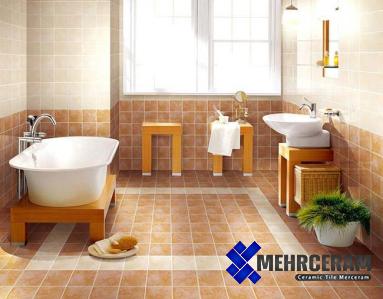 Unglazed tile is often chosen for its durability and slip resistance, making it a popular choice for outdoor areas such as patios and walkways. It’s also a good option for high-traffic areas like entryways and kitchens, where the textured surface can help prevent slips and falls. On the other hand, glazed tile is coated with a layer of liquid glass that is then baked onto the surface of the tile. This glaze can come in a wide range of colors and finishes, giving you endless design possibilities for your space. Glazed tile is easier to clean and maintain than unglazed tile, as the smooth surface is less porous and more resistant to stains. It’s a great choice for bathrooms and kitchens where spills and splashes are common, as well as for decorative accents like backsplashes and accent walls. One of the main differences between unglazed and glazed tile is their porosity. Unglazed tile is more porous than glazed tile, which means it can absorb liquids and stains more easily. This makes unglazed tile more prone to staining and requires regular sealing to help protect it from moisture and dirt. Glazed tile, on the other hand, is less porous and more resistant to water, making it a better choice for areas where moisture is present. Another factor to consider when choosing between unglazed and glazed tile is their slip resistance. Unglazed tile, with its textured surface, provides better traction than glazed tile, which can be slippery when wet. If you’re tiling a high-traffic area or a space that is prone to spills, unglazed tile may be the safer option. Glazed tile, while easy to clean, may not be the best choice for flooring in areas where slip resistance is a top priority. In terms of aesthetics, unglazed and glazed tile offer different looks and finishes.
Unglazed tile is often chosen for its durability and slip resistance, making it a popular choice for outdoor areas such as patios and walkways. It’s also a good option for high-traffic areas like entryways and kitchens, where the textured surface can help prevent slips and falls. On the other hand, glazed tile is coated with a layer of liquid glass that is then baked onto the surface of the tile. This glaze can come in a wide range of colors and finishes, giving you endless design possibilities for your space. Glazed tile is easier to clean and maintain than unglazed tile, as the smooth surface is less porous and more resistant to stains. It’s a great choice for bathrooms and kitchens where spills and splashes are common, as well as for decorative accents like backsplashes and accent walls. One of the main differences between unglazed and glazed tile is their porosity. Unglazed tile is more porous than glazed tile, which means it can absorb liquids and stains more easily. This makes unglazed tile more prone to staining and requires regular sealing to help protect it from moisture and dirt. Glazed tile, on the other hand, is less porous and more resistant to water, making it a better choice for areas where moisture is present. Another factor to consider when choosing between unglazed and glazed tile is their slip resistance. Unglazed tile, with its textured surface, provides better traction than glazed tile, which can be slippery when wet. If you’re tiling a high-traffic area or a space that is prone to spills, unglazed tile may be the safer option. Glazed tile, while easy to clean, may not be the best choice for flooring in areas where slip resistance is a top priority. In terms of aesthetics, unglazed and glazed tile offer different looks and finishes.
..
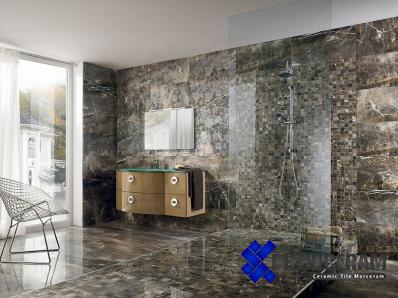 Unglazed tile has a more natural and rustic appearance, with earthy tones and a matte finish. Glazed tile, on the other hand, can be glossy or matte and is available in a wide range of colors and patterns. Whether you’re going for a traditional or modern look, there’s a glazed tile option to suit your style. Durability is another important factor to consider when choosing tile for your space. Unglazed tile is known for its longevity and resistance to wear and tear, making it a durable choice for high-traffic areas. Glazed tile is also durable, but its surface may be more prone to scratching and chipping over time. Considering the level of wear and tear your space will endure can help you choose the most durable tile option for your needs. In terms of cost, unglazed tile is generally more affordable than glazed tile. The manufacturing process for unglazed tile is simpler, resulting in a lower price point for consumers. Glazed tile, with its additional layer of glass, tends to be more expensive, especially for high-end or custom options. Before making a decision based on cost alone, consider the long-term benefits and maintenance requirements of each tile type to determine the best value for your investment. Ultimately, the choice between unglazed and glazed tile comes down to your specific needs, preferences, and the intended use of the tile. If you’re looking for a durable, slip-resistant option with a natural appearance, unglazed tile may be the best choice for your space. On the other hand, if you prioritize easy maintenance, a wide range of design options, and a more polished finish, glazed tile may be the better option for you. Whether you choose unglazed or glazed tile, both options offer unique benefits and can enhance the look and feel of your home. Consider your lifestyle, maintenance preferences, and design aesthetic when making your decision, and don’t be afraid to mix and match tile types to create a custom look that reflects your personal style. With the right choice of tile, you can transform your space into a beautiful and functional environment that will stand the test of time. In addition to considering the differences between unglazed and glazed tile, it’s important to think about the specific areas of your home where you plan to install the tile. Each type of tile has its own advantages and considerations based on the room in which it will be used.
Unglazed tile has a more natural and rustic appearance, with earthy tones and a matte finish. Glazed tile, on the other hand, can be glossy or matte and is available in a wide range of colors and patterns. Whether you’re going for a traditional or modern look, there’s a glazed tile option to suit your style. Durability is another important factor to consider when choosing tile for your space. Unglazed tile is known for its longevity and resistance to wear and tear, making it a durable choice for high-traffic areas. Glazed tile is also durable, but its surface may be more prone to scratching and chipping over time. Considering the level of wear and tear your space will endure can help you choose the most durable tile option for your needs. In terms of cost, unglazed tile is generally more affordable than glazed tile. The manufacturing process for unglazed tile is simpler, resulting in a lower price point for consumers. Glazed tile, with its additional layer of glass, tends to be more expensive, especially for high-end or custom options. Before making a decision based on cost alone, consider the long-term benefits and maintenance requirements of each tile type to determine the best value for your investment. Ultimately, the choice between unglazed and glazed tile comes down to your specific needs, preferences, and the intended use of the tile. If you’re looking for a durable, slip-resistant option with a natural appearance, unglazed tile may be the best choice for your space. On the other hand, if you prioritize easy maintenance, a wide range of design options, and a more polished finish, glazed tile may be the better option for you. Whether you choose unglazed or glazed tile, both options offer unique benefits and can enhance the look and feel of your home. Consider your lifestyle, maintenance preferences, and design aesthetic when making your decision, and don’t be afraid to mix and match tile types to create a custom look that reflects your personal style. With the right choice of tile, you can transform your space into a beautiful and functional environment that will stand the test of time. In addition to considering the differences between unglazed and glazed tile, it’s important to think about the specific areas of your home where you plan to install the tile. Each type of tile has its own advantages and considerations based on the room in which it will be used.
…
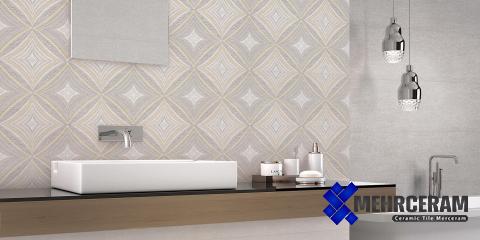 For example, in bathrooms, kitchens, and other areas with high moisture levels, glazed tile may be the best choice due to its water resistance and easy maintenance. Glazed tile is also a popular option for backsplashes, as it can add a pop of color and texture to the space while providing a smooth surface that is easy to clean. On the other hand, unglazed tile is a great option for outdoor areas such as patios, pool decks, and walkways, where slip resistance and durability are key factors. The natural, earthy appearance of unglazed tile can complement outdoor landscapes and provide a non-slip surface that is safe for walking even when wet. When choosing between unglazed and glazed tile for indoor spaces like living areas, entryways, and hallways, consider the level of foot traffic and the overall design aesthetic of the room. Unglazed tile’s textured surface can add warmth and character to a space, while glazed tile offers a polished finish that can help brighten up darker rooms or create a more modern look. In terms of installation, both unglazed and glazed tile require proper preparation and care to ensure a long-lasting finish. Proper surface preparation, the right adhesive, and grout selection are crucial for a successful tile installation, regardless of whether you choose unglazed or glazed tile. Hiring a professional installer can help ensure that your tile is laid correctly and will stand the test of time. When it comes to cleaning and maintenance, both unglazed and glazed tile have specific requirements. Unglazed tile may require regular sealing to protect it from stains and moisture, while glazed tile can be easily cleaned with a mild detergent and water. Following manufacturer recommendations for cleaning and maintenance will help keep your tile looking its best for years to come. In conclusion, the choice between unglazed and glazed tile ultimately depends on your personal preferences, the specific needs of your space, and the intended use of the tile. Both options offer unique benefits and can enhance the look and functionality of your home, so take the time to consider all factors before making your decision. Whether you opt for the natural, rustic appeal of unglazed tile or the sleek, colorful finish of glazed tile, you can create a stunning and durable surface that will enhance the beauty of your home for years to come.
For example, in bathrooms, kitchens, and other areas with high moisture levels, glazed tile may be the best choice due to its water resistance and easy maintenance. Glazed tile is also a popular option for backsplashes, as it can add a pop of color and texture to the space while providing a smooth surface that is easy to clean. On the other hand, unglazed tile is a great option for outdoor areas such as patios, pool decks, and walkways, where slip resistance and durability are key factors. The natural, earthy appearance of unglazed tile can complement outdoor landscapes and provide a non-slip surface that is safe for walking even when wet. When choosing between unglazed and glazed tile for indoor spaces like living areas, entryways, and hallways, consider the level of foot traffic and the overall design aesthetic of the room. Unglazed tile’s textured surface can add warmth and character to a space, while glazed tile offers a polished finish that can help brighten up darker rooms or create a more modern look. In terms of installation, both unglazed and glazed tile require proper preparation and care to ensure a long-lasting finish. Proper surface preparation, the right adhesive, and grout selection are crucial for a successful tile installation, regardless of whether you choose unglazed or glazed tile. Hiring a professional installer can help ensure that your tile is laid correctly and will stand the test of time. When it comes to cleaning and maintenance, both unglazed and glazed tile have specific requirements. Unglazed tile may require regular sealing to protect it from stains and moisture, while glazed tile can be easily cleaned with a mild detergent and water. Following manufacturer recommendations for cleaning and maintenance will help keep your tile looking its best for years to come. In conclusion, the choice between unglazed and glazed tile ultimately depends on your personal preferences, the specific needs of your space, and the intended use of the tile. Both options offer unique benefits and can enhance the look and functionality of your home, so take the time to consider all factors before making your decision. Whether you opt for the natural, rustic appeal of unglazed tile or the sleek, colorful finish of glazed tile, you can create a stunning and durable surface that will enhance the beauty of your home for years to come.


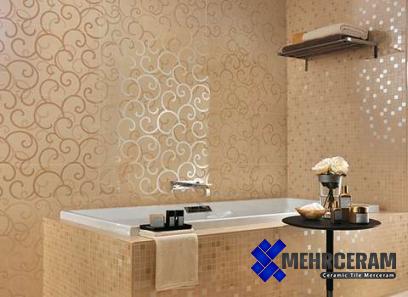
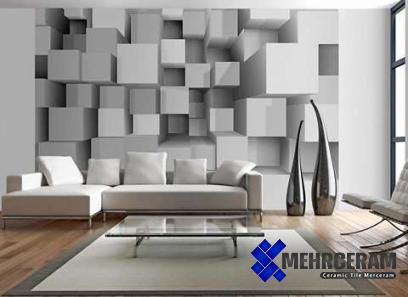
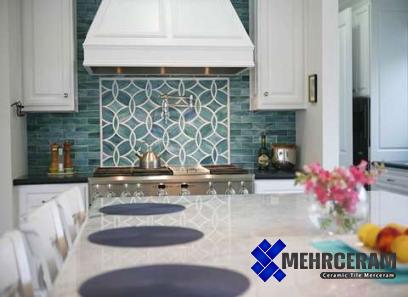
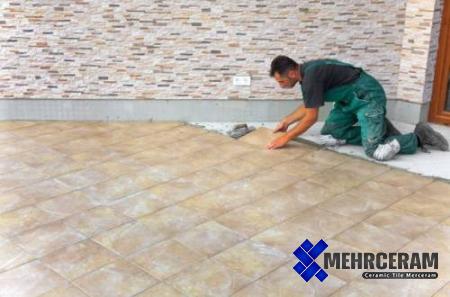

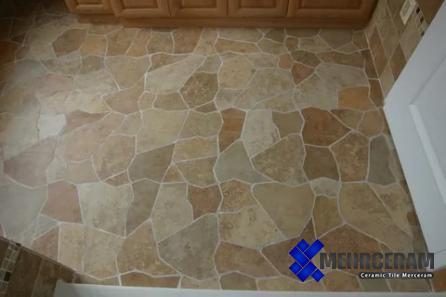

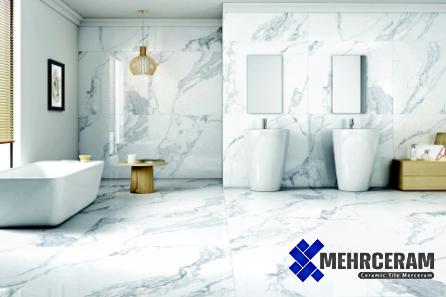
Your comment submitted.